The content of the article
A low shrubbery, with enviable persistence making his way among the rotten stumps and last year's foliage, is well known to those who know and love forest berries. Once lingonberries could be harvested only in the forest, but over time its properties were appreciated and the berry was cultivated along with strawberries, raspberries and blackberries.
Drop of life-giving dew
According to legend, a swallow carried dew drops in its beak, a predatory kite attacked it. Dodging the enemy from the sky, the swallow dropped the dew, which turned into bright scarlet berries that retained their healing power. A beautiful fairy tale told the main thing - lingonberry really is a real pantry of nutrients.
The plant has amazing adaptability to any places of growth. Short shoots, usually not exceeding 15-30 cm, are able to grow up to 1 meter and above if you have to break through an obstacle. To provide the roots with nutrients, in the process of evolution there was a symbiosis with the mycelium of the fungus. To be able to settle over long distances, the fruits acquired a bright color, standing out against the background of dark green leaves. From afar, they attract birds that transfer undigested seeds to other regions.
Lingonberry bushes grow in the tundra, forests, and tolerate dry and marshy conditions. They can be found in coniferous, deciduous and mixed forests. Plants are found in alpine meadows, in mountainous regions and on char-blasted areas.
Outwardly, lingonberry looks like a small low shrub with creeping twigs, on which dense leaves of dark color are alternately located. Delicate flower bells form multiple ovaries, by autumn the berries become saturated red and are clearly visible on a dark litter of grass or fallen leaves. Blueberries, cranberries, blueberries, corymbos are considered to be related cranberries, and the genus totals 223 species.
Composition and properties of lingonberries
The plant is so useful that it uses almost everything: berries, leaves, young shoots. It has preservative properties, sugar content reaches 15%. Also present in the berries:
- organic acids;
- vitamins A, E, C;
- tannins;
- carotene;
- pectin;
- calcium;
- phosphorus;
- iron;
- manganese;
- magnesium;
- flavonoids;
- benzoic acid.
This kit provides a comprehensive effect on the body, giving powerful support to those who are weakened after the disease, suffer from vitamin deficiency and a lack of trace elements. A decoction of leaves has a wound healing, antifungal, antiseptic, anti-inflammatory effect. It is used for:
- diabetes
- tuberculosis
- gastritis;
- rheumatism;
- enuresis;
- malaria
- frequent colds;
- decreased immunity;
- scurvy prevention;
- cystitis;
- arthritis;
- osteochondrosis;
- kidney stones;
- salt deposition.
The hemostatic effect of the plant with uterine bleeding is very valuable. The high content of vitamin A improves the quality of vision, anthelmintic properties helps fight parasites. Fruits and leaves are part of the herbal preparations for anemia, chronic fatigue, the pathological course of menopause, inflammatory processes in the genitourinary system. Cowberries are used as a diuretic, laxative, choleretic.
Rules for harvesting leaves for decoctions
The best time is spring. When new shoots begin to break out, the plant has the most healing powers.Leaves are collected by hand, carefully separating from the twigs. They need to be dried in the shade in a well-ventilated place, avoiding contact with metal. A wooden shield is best.
After complete drying, the raw materials are stored in linen bags or in glass containers with a well-ground lid. It is useless to collect leaves in the summer, during the harvesting process they curl and blacken, losing most of their useful properties. Once again, you can return for them immediately after picking berries.
Shelf life of blanks is 3 years. Broths, infusions are prepared from lingonberries, sometimes extracts and extracts from leaves and berries are used.
Important: the inclusion of lingonberry decoctions in the complex therapy for colds will significantly accelerate recovery.
Popular recipes
Since the spectrum of action of the plant is very wide, there are many ways and options for its use.
- With kidney diseases, berry juice and fruit drink are very useful. To prepare a decoction, take 10 g. dry sheet in a glass of boiling water. After an hour, the liquid is filtered and divided into 2 doses per day half an hour before meals. This tool effectively removes sand from the ducts and has a preventive effect when there is a risk of stone formation.
- Cystitis causes inconvenience due to abrupt urge to the toilet, sudden pain, urinary incontinence. A comprehensive collection of herbs relieves inflammation, strengthens the immune system, and fights infection. For cooking, use a mixture of chamomile and mint 3 g each, sage and fireweed 5 g each, lingonberry leaf 10 g. The mixture is poured with 2 glasses of boiling water, wrapped in a cloth and infused for 2 hours. After filtering, it is taken in fractions of 80 g. 8 times a day for 3 days. Next, you need to reduce 1 dose every day, 1 volume of a single dose remains the same. The broth is also used in the form of douching. The treatment course is designed for a week. Noticeable relief occurs on 3-4 days.
- Failure of the thyroid gland leads to the development of diabetes. A strict diet is required to maintain a certain level of blood sugar. You can eat lingonberries, because it has a very low sugar content, but a rich set of vitamins. It is recommended to eat fresh berries and cook a broth of 3 glasses of water and 3 tbsp of berries. It is necessary to bring it to a boil and simmer on a minimum fire for 10 minutes. Drink a glass three times a day, instead of tea.
- The infusion of berries does not require high-temperature processing, it is prepared quickly and simply. The washed berries are poured with cold water, covered with gauze and left for 8 hours. They drink like compote 4 times a day. The tool removes heartburn and cures gastritis.
Lingonberry for Women's Health
A storehouse of vitamins in berries and leaves is a must during pregnancy. Low calorie content allows you not to be afraid of weight gain, and a special acid complex removes leg swelling, normalizes kidney function, stabilizes blood pressure, and saturates the body with necessary substances. The broth is used as an antipyretic and analgesic for colds, effective for rinsing the throat, lotions for cuts and bruises.
The period of menopause is characterized by a decrease in immunity, frequent spasms of blood vessels, due to which there are prolonged headaches, migraines, darkening in the eyes.
The properties of lingonberry leaf are perfectly revealed in the composition of sedative collections, designed to alleviate hot flashes, reduce sweating, relieve nervous tension and stabilize the emotional sphere. Douching with broth helps with colpitis, thrush, vaginitis in combination with the use of fruit drinks. Lingonberry tea empowers, relieves chronic fatigue, prevents seasonal vitamin deficiency, reduces bleeding gums.
Tasty good in a teaspoon
Lingonberry berries are used for the preparation of fragrant and healthy desserts, fruit drinks, as a filling for sweet cakes. It turns out very tasty lingonberry jam.For its preparation, berry and sugar are taken in a ratio of 1: 1 and boiled to a malleable state. If you need to keep the maximum amount of nutrients, then "five minutes" is cooked and rolled under a sealed lid. Another tasty and healthy product is obtained from mashed berries with sugar at the rate of 1: 2. Such dessert is stored in the refrigerator on the top shelf.
Lingonberry kissel will surely become a favorite dish of younger family members. The berries are boiled for 3-5 minutes, removed from the pan and starch diluted in a small amount of water is added. It pours in a thin stream with continuous stirring, brought to a boil and immediately turns off. With this cooking mode, most of the nutrients are stored in jelly.
Keep in mind: lingonberries quickly absorb harmful emissions, so it can not be collected along roads and near industrial enterprises. To guarantee the quality of the product, it is better to buy it in pharmacies, or go for the berry to ecologically clean places, collecting it yourself.
Contraindications
No matter how versatile the product is, there is almost always a limitation. Lingonberries have it:
- allergy;
- stomach ulcer and 12 duodenal ulcer;
- hypotension;
- increased acidity of gastric secretion.
Children and lactating women should eat berries, drink decoctions and fruit drinks very carefully, in small doses, since there is a risk of diathesis. You should take into account the powerful diuretic effect of the plant and plan to take a fresh product in the first half of the day.
And do not eat her buckets. 1-2 handfuls a day will be enough.
Video: the healing properties of lingonberries

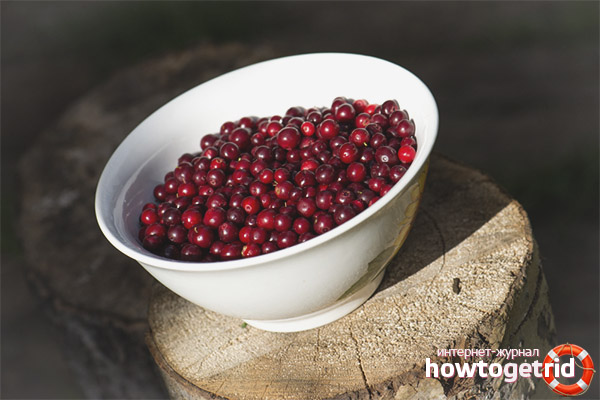
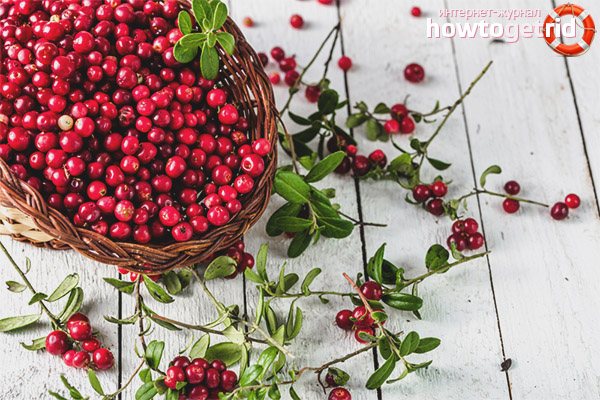
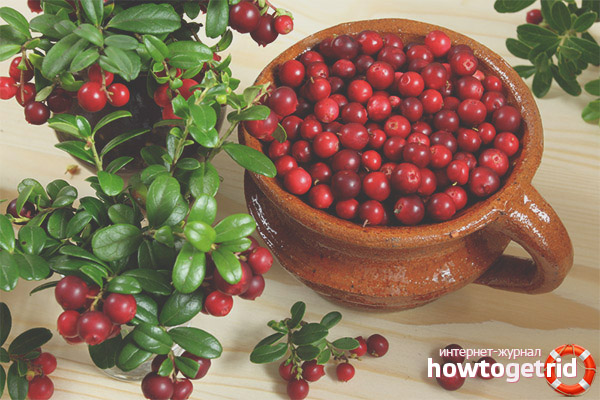

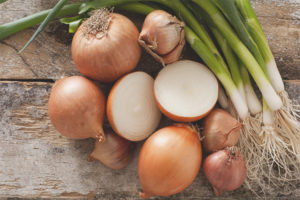


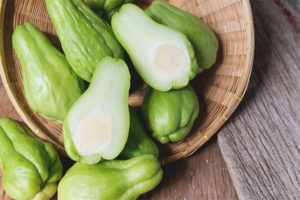

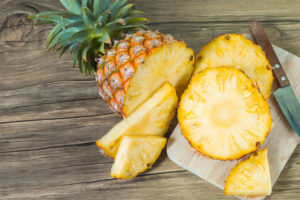
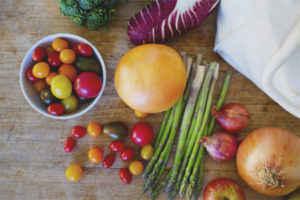
Submit